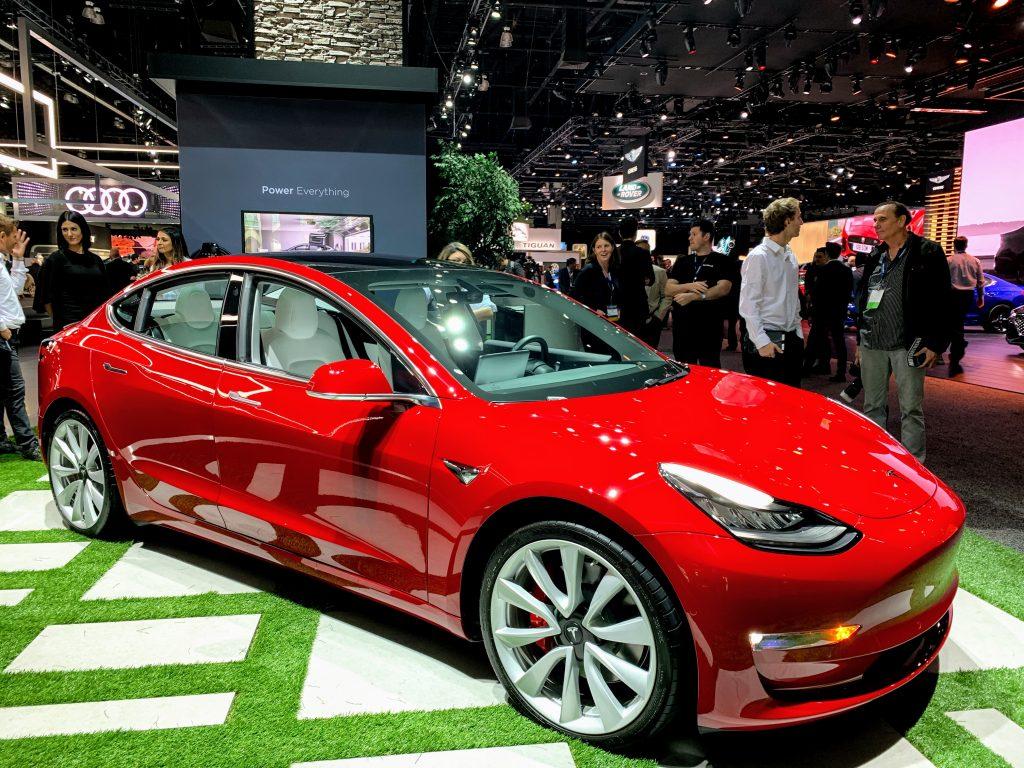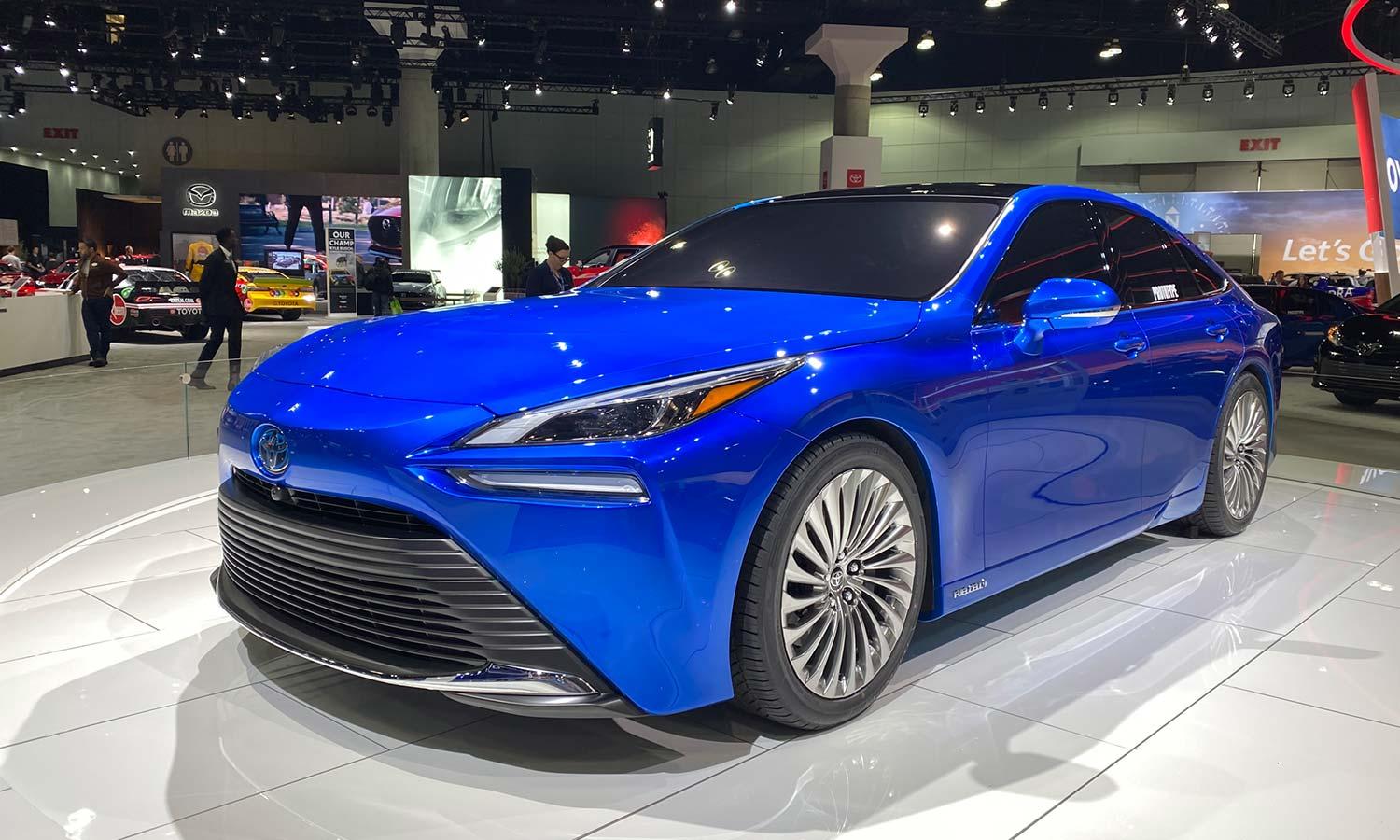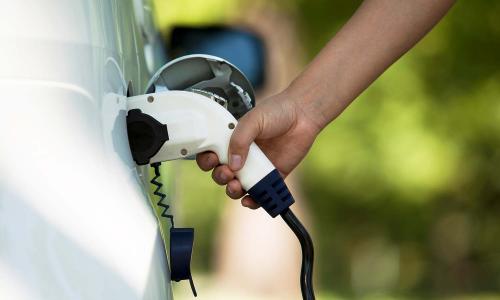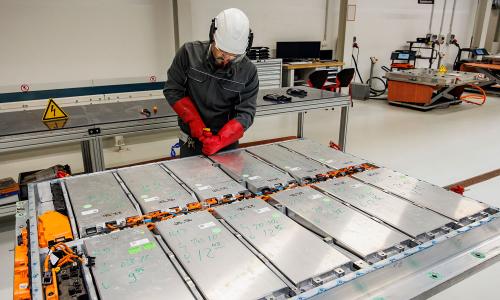Choosing a vehicle is tough. Sunroof or moonroof? Front-wheel drive, rear-wheel drive, or all-wheel drive?
And what about car buyers who are considering switching to a hybrid or electric vehicle to replace their conventional vehicle? Should they go with a standard hybrid, plug-in hybrid, battery electric, or fuel cell? What is the difference between these types of vehicles anyway?
Conventional hybrids
Conventional hybrids, like the original Toyota Prius, combine a gasoline engine with an electric motor. While these vehicles use a battery to power their electric motor, they can’t be plugged in and recharged. Instead their batteries are charged through regenerative braking, which converts the moving car’s kinetic energy into electricity when the brakes are applied. This energy is normally wasted in conventional vehicles.

Depending on the type of hybrid, the electric motor works with the gasoline-powered engine to reduce gasoline use or even allow the gasoline engine to turn off altogether. Although they are powered solely by gasoline, hybrid fuel-saving technologies can dramatically increase fuel economy. For example, the 2020 Hyundai Sonata Hybrid Blue achieves a combined 52 miles per gallon (mpg) compared to a combined 31 mpg for a non-hybrid version. At 12,000 miles a year, that means saving over 150 gallons of gasoline each year.
Plug-in hybrid electric vehicles (PHEVs)
Plug-in hybrid electric vehicles (PHEVs), like conventional hybrids, have both an electric motor and internal combustion engine. So why opt for a PHEV instead of a conventional hybrid? Well, unlike conventional hybrids, PHEVs have batteries that can be charged by plugging into an outlet—which means they can substitute electricity from the grid for gasoline. The 2020 Honda Clarity Plug-in Hybrid, for example, can go about 48 miles using only electricity before switching to the gasoline motor for propulsion.
Though 48 miles doesn’t sound like a long distance, many people drive less than this each day. In a UCS survey, 54 percent of respondents reported driving less than 40 miles a day. Moreover, using electricity instead of gasoline is cheaper and cleaner for most people.
Battery electric vehicles (BEVs)
Battery electric vehicles run exclusively on electricity via on-board batteries that are charged by plugging into an outlet or charging station. The Nissan LEAF, Chevy Bolt EV, and Tesla Model S fall into this category, though there are many other BEVs on the market. These vehicles have no gasoline engine, have longer electric driving ranges than PHEVs, and never produce tailpipe emissions. Though there are emissions associated with charging these vehicles, the average BEV produces much lower carbon emissions than a gasoline vehicle.
The electric range of BEVs on the market today varies, but a number of models can go over 200 miles on a single charge. A UCS survey found that a BEV range of 60 miles would fit the weekday driving needs of 69 percent of US drivers. As battery technology continues to improve, BEV ranges will extend even further, offering more drivers the option of driving exclusively on electricity.

Fuel cell electric vehicles (FCEVs)
Fuel Cell Electric Vehicles (FCEV) use an electric motor like a BEV, but store energy quite differently. Instead of recharging a battery, FCEVs store hydrogen gas in a tank. The fuel cell in FCEVs combines hydrogen with oxygen from the air to produce electricity. The electricity from the fuel cell then powers an electric motor, which powers the vehicle just like a BEV.
As with BEVs, there is no smog-forming or climate-changing pollution from a FCEV’s tailpipe—the only byproduct is water. Unlike BEVs or PHEVs, however, FCEVs don’t need to be plugged in, since their fuel cells are recharged by refilling with hydrogen, which can take as little as 5 minutes at a filling station.

But just as producing electricity to charge a plug-in vehicle creates emissions, producing hydrogen also generates emissions. Hydrogen made today from natural gas produces about the same total emissions per mile as a plug-in vehicle that uses electricity generated from natural gas. But when made from renewable sources like solar power, hydrogen can be nearly emission-free.
Moreover, hydrogen fueling infrastructure, like public electric vehicle charging stations, is still ramping up—and mostly available in California. With increased state and federal policies aimed at helping get more of these vehicles on the road, FCEVs can become a large part of our future transportation systems.




